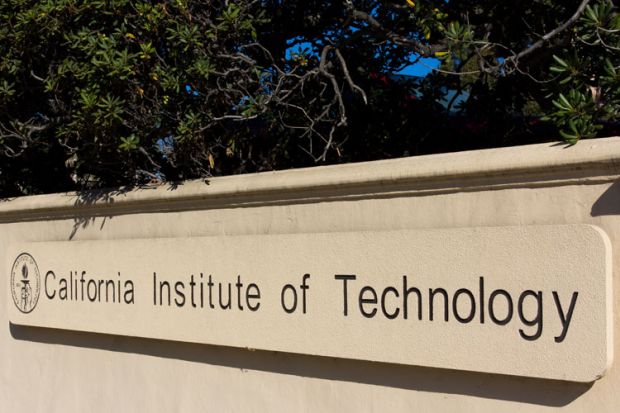Caltech: Bethany Ehlmann Testifies about the Mars Rover to a U.S. House Subcommittee
Bethany Ehlmann, professor of planetary science and associate director of the Keck Institute for Space Studies at Caltech, testified before a U.S. House of Representatives subcommittee on April 29 about the scientific value of JPL’s Mars 2020 mission; JPL is managed by Caltech for NASA.
Ehlmann, member of the science team and co-investigator on the rover’s Mastcam-Z and SHERLOC instrument teams, gave her testimony before the House Committee on Science, Space, and Technology Subcommittee on Space and Aeronautics in a hearing titled “What Do Scientists Hope to Learn with NASA’s Mars Perseverance Rover?” She was joined by witnesses that included Michael Meyer, the lead scientist of NASA’s Mars Exploration Program; Luther Beegle of JPL, principal investigator of the Mars Perseverance Scanning Habitable Environments with Raman & Luminescence for Organics & Chemicals (SHERLOC) instrument; and Tanja Bosak, the Mars 2020 returned sample science co-lead.
Ehlmann’s testimony described Mars as a “lynchpin” for answering questions about whether habitable planets like Earth are rare or common, and whether there is life elsewhere in the universe.
“The different fates of Earth-like worlds in our solar system are recorded on Earth, Venus, and Mars. But what’s special about Mars is that there’s a vast rock record that spans the interactions of the interior of the planet, the atmosphere, [and] the climate, that records what makes a planet habitable over its first billion years,” Ehlmann said.
She noted that this a period of great scientific exploration of Mars, where there are currently 11 operating spacecraft from five different space agencies. Ehlmann also explained the value of landing Perseverance at Jezero Crater, where there is a landscape of 4-billion-year-old rocks nearby, offering a drive-through view of the Red Planet’s historical record. She described the evidence for flowing water in Jezero, which has inflow and outflow channels as well as ancient river deltas still preserved in the rock.
Ehlmann closed with a brand-new panorama from the Mastcam-Z, offering a glimpse at what is to come as the rover presses onward: the crater rim, 10 kilometers ahead, with mesas of the delta also starting to come into view. (A portion of the image is above.)
During the hearing, Ehlmann fielded several questions, including one from Rep. Don Beyer (D-VA), chairman of the Subcommittee on Space and Aeronautics, who wanted to know whether it might one day be worthwhile to attempt terraforming Mars for human settlement.
Ehlmann noted that much of the planet’s water and carbon dioxide, which would be needed for any such endeavor, are trapped in the planet’s rocks and therefore would be incredibly challenging to release. “I would love to send humans to Mars to explore. Changing the whole planetary climate? Maybe not so much,” she said.
Ehlmann also responded to a question from Rep. Ed Perlmutter (D-CO), who asked how Ingenuity would help Perseverance’s mission.
“It will scout out some of the terrain. But what’s more important is that it paves the way for future exploration technologies,” she said, describing how the mission’s scientists and engineers are already envisioning what sorts of additional scientific instruments a future helicopter with enhanced capabilities might carry.
“Part of the reason that the U.S. space program is so outstanding is that we dare to do audacious things like fly a helicopter on another planet,” she said. “And you know what? We figured out how to do it. It worked.”

